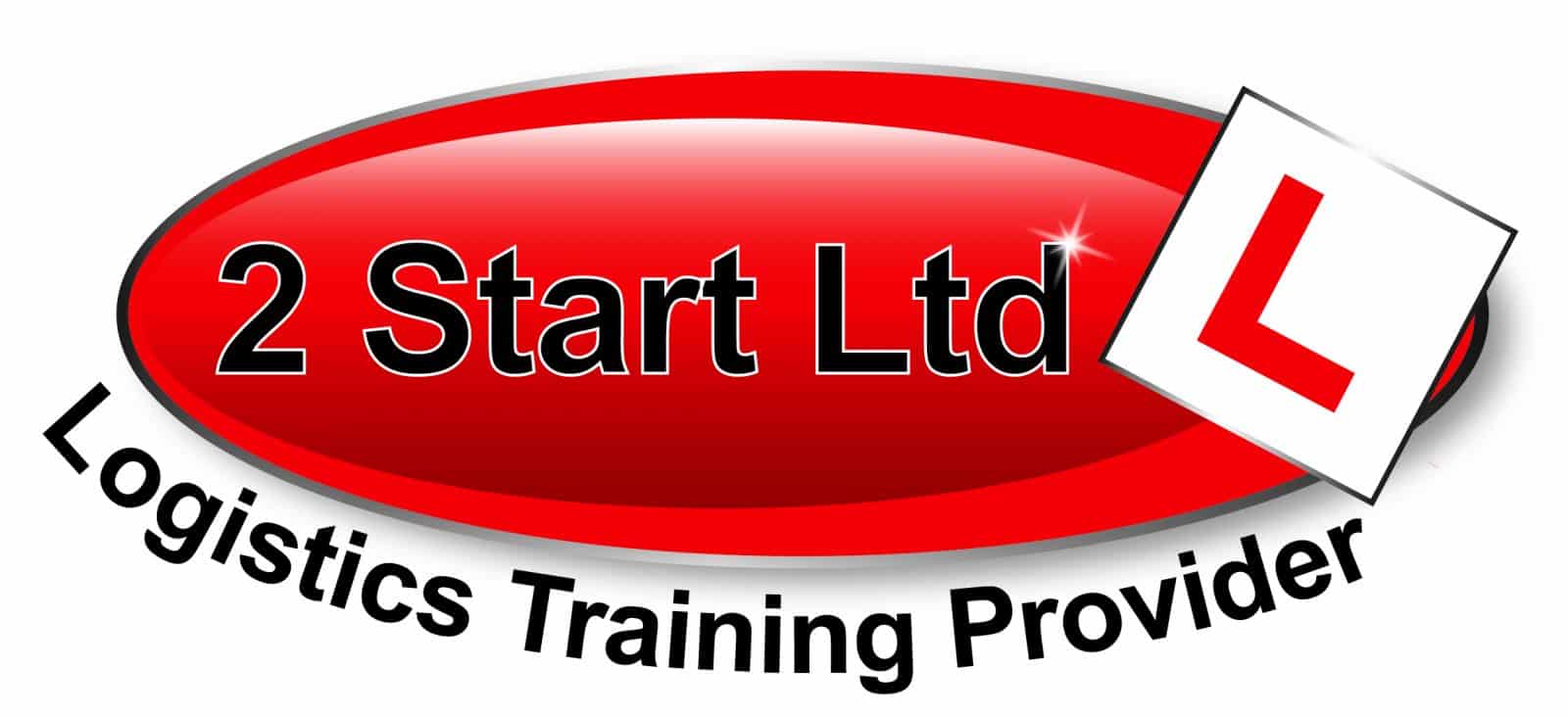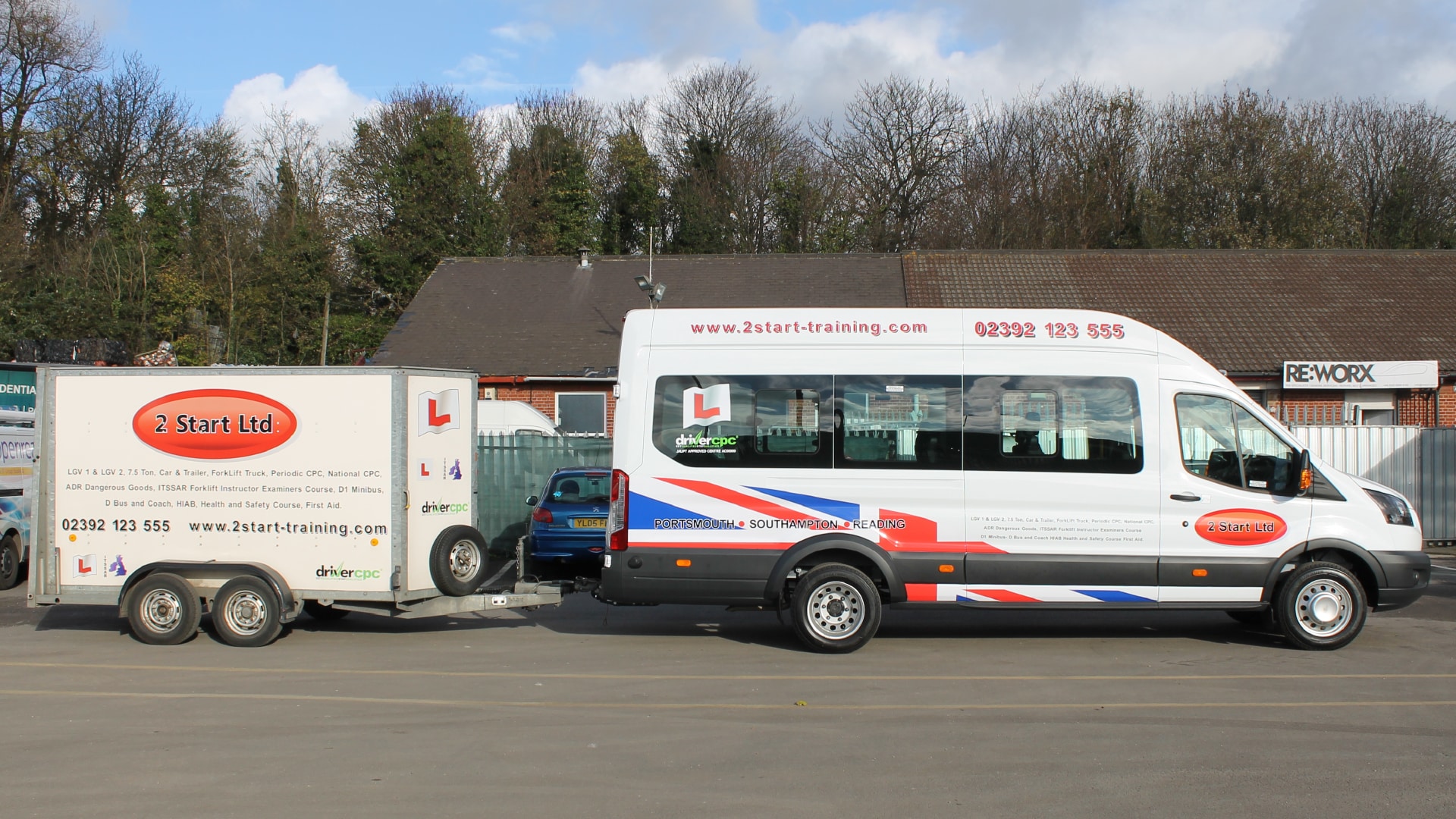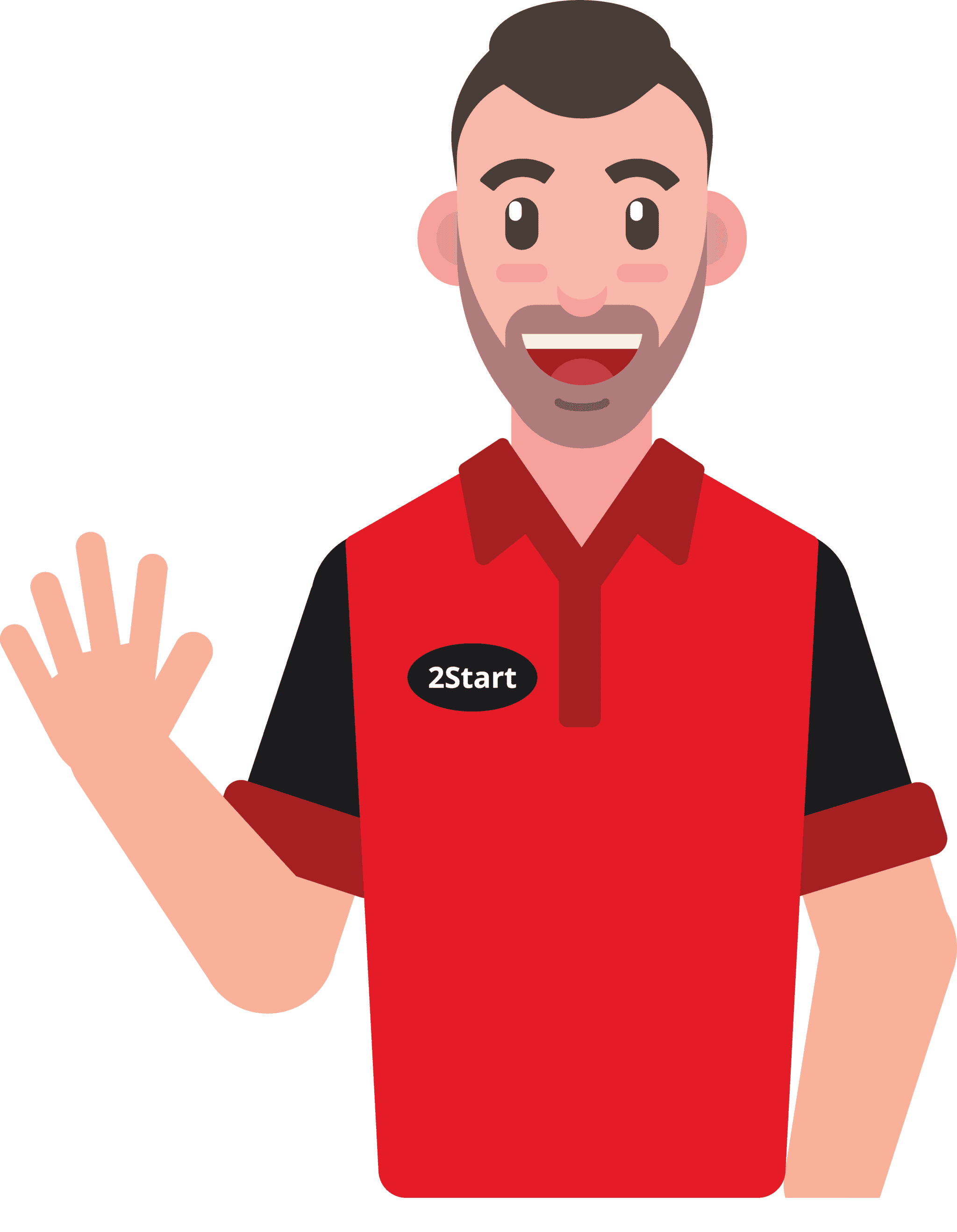An Insight Into the Logistics Industry
Logistics is the process of planning, implementing & maintaining the uninterrupted flow of goods or services to their end destination.
Logistics assures that these goods, products, materials, or services is transported in accordance with the deadline they are needed/intended for.
There are two definitive types of logistics. Inbound and outbound.
Inbound Logistics
This involves transporting materials in raw form. Typically, components needed to produce a product or good. This means that the goods in question are still within the supply chain. Inbound involves suppliers, manufactures or distributors.
The purpose of inbound logistics is to ensure sufficient supply to a business.
The common step for inbound logistic businesses is that they need to source the materials prior.

Outbound Logistics
Unlike inbound, this is primarily the transportation and/or storing of a final product for the business to sell to the consumer. This is subsequently moving the product out of the supply chain.
Outbound logistics is primarily about meeting demand.
Think to purchasing an item via an e-commerce website. The business will have employees instructed for picking/packing. Employees will also be expected to check stock levels in the warehouse. Finally, the shipping process it executed.
Both inbound and outbound logistics goes hand in hand. Without inbound, businesses would have no inventory to move through the outbound logistics process. And vice-versa, inventory piles up, and businesses will fail to profit without outbound logistics.
The Logistics market within the UK reached approximately $478 Billion USD in 2022. This is expected to consistently expand year on year. Reaching up to nearly $700 billion USD by 2028.
Logistics is vital for the consistent flow to consumers and other businesses. That is why logistics will always thrive in any economy. However, there is a lot to understand and implement when thinking about working in logistics.
Building The Foundations of Logistics
When looking to work in the logistics sector, there are several general skills which aid when working in logistics. Whatever part of logistics you wish to work in, these skills will always benefit you.
The Top 5 General Skills in Logistics
Communication
Having a good level of written and verbal communication will help optimise the business and reduce errors and risks. The communication may not even be verbal, showing communication using your signalling, indicating and hand gestures within logistics are all good applications of communication.
When completing driver training at 2 Start, our instructors will teach you the imperative factors of communication.
Adaptability
Being able to adapt for a multitude of tasks is not only beneficial to aid in the smooth completion of work but can also show employers that you are able to advance with other skills. This could potentially put you in line for a promotion!
The different licence categories show your ability to adapt. This is because each licence category will require different driving techniques.
Problem Solving
There will likely be an instance in the logistics industry where a situation may arise. Being able to implement effective problem-solving skills could be the make or break for a task.
Your problem-solving skills will be expanded and tested in both theory and practical driver training. When completing driver training, you will learn how to solve specific situations which will give you the confidence to handle problems if you encounter them.
Decision Making
Decision Making and Problem Solving goes hand in hand. Being able to make a conscious decision will build your confidence. This can then subsequently build an employer’s confidence in yourself. It is also important to understand when the situation should be passed to a superior.
When driving an HGV/LGV, you may have some experiences where you must decide what the best course of action is.
Systematic approaches
Being able to have a planned and formal approach in your work is an indispensable skill in the logistics sector. This can include, but does not stop at: The optimisation of route planning; Scheduling maintenance on vehicles accordingly; The monitoring potential changes in the sector (This could range from demand levels, to supply risks.)
Gartner explains how in 2020, only 21% of their respondents stated that they have “…a highly resilient network” in supply chains. In other, more recent sources (*2023), The Office for National Statistics explain how businesses in the UK who had no problems within the supply chain was 81% in May 2023.
Planned approaches within logistics aids in thorough organisation of the business, confidence within the employees/customer, and further benefiting customer satisfaction.
Honing in these skills will bring you one step closer to optimising yourself to work in logistics. These abilities will also help you progress in the logistics industry to any other sector you wish to transition to. Additional driver training will help support these skills. They will become more natural when relying on them daily in your job role.
Pick of The Bunch! Choose Your Path in Logistics.
Each component within the logistics sector is as vital as each other. With every individual section working as efficiently, yet they go hand in hand holistically. This further helps to assure the consistent flow of goods being transported to consumers and businesses.

When you think about logistics, you may not necessarily think about each component. There are many roles in the industry which are critical both independently, and collectively.
Sectors In Logistics
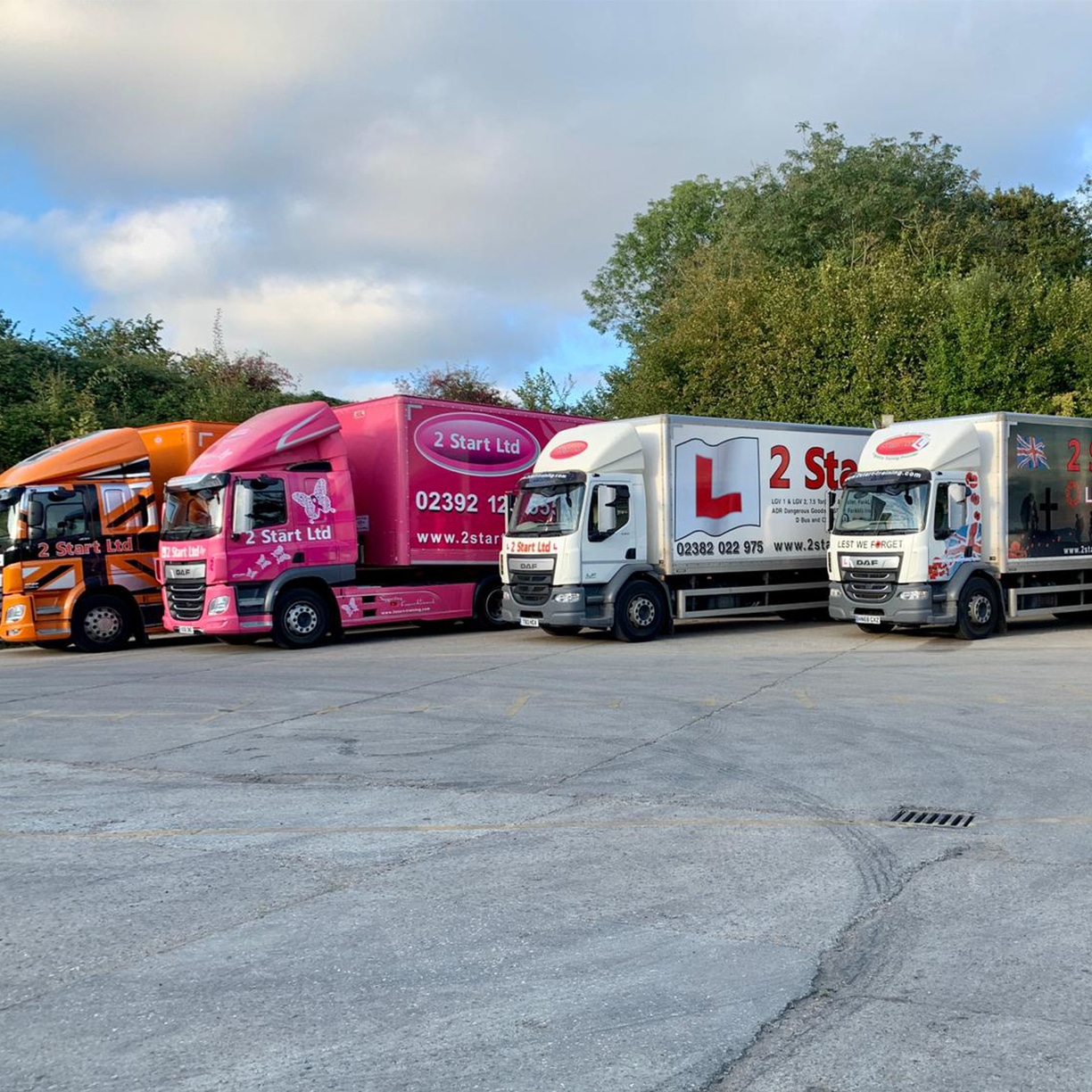
Transportation
This is the movement of goods through different avenues of transport. Logistics is split into the following transport components:
- Air- The use of planes. However, there are common restrictions as what can be transported and what cannot be transported. For example, lithium batteries are prohibited.
- Freight- transporting by train.
- Boat- Shipping across seas
- Road- Driving in large vehicles from one place to another. In some cases, across countries, and more than one driver can be involved, depending on the distance being covered.
Inventory Management & Warehousing
Managing storage and stock in warehouses, such as rotation and stock availability. You would also control the levels of inventory to prevent overstocking or understocking. Thus, optimising costs and meeting customer demand. Forklift operators are typically working in this environment.
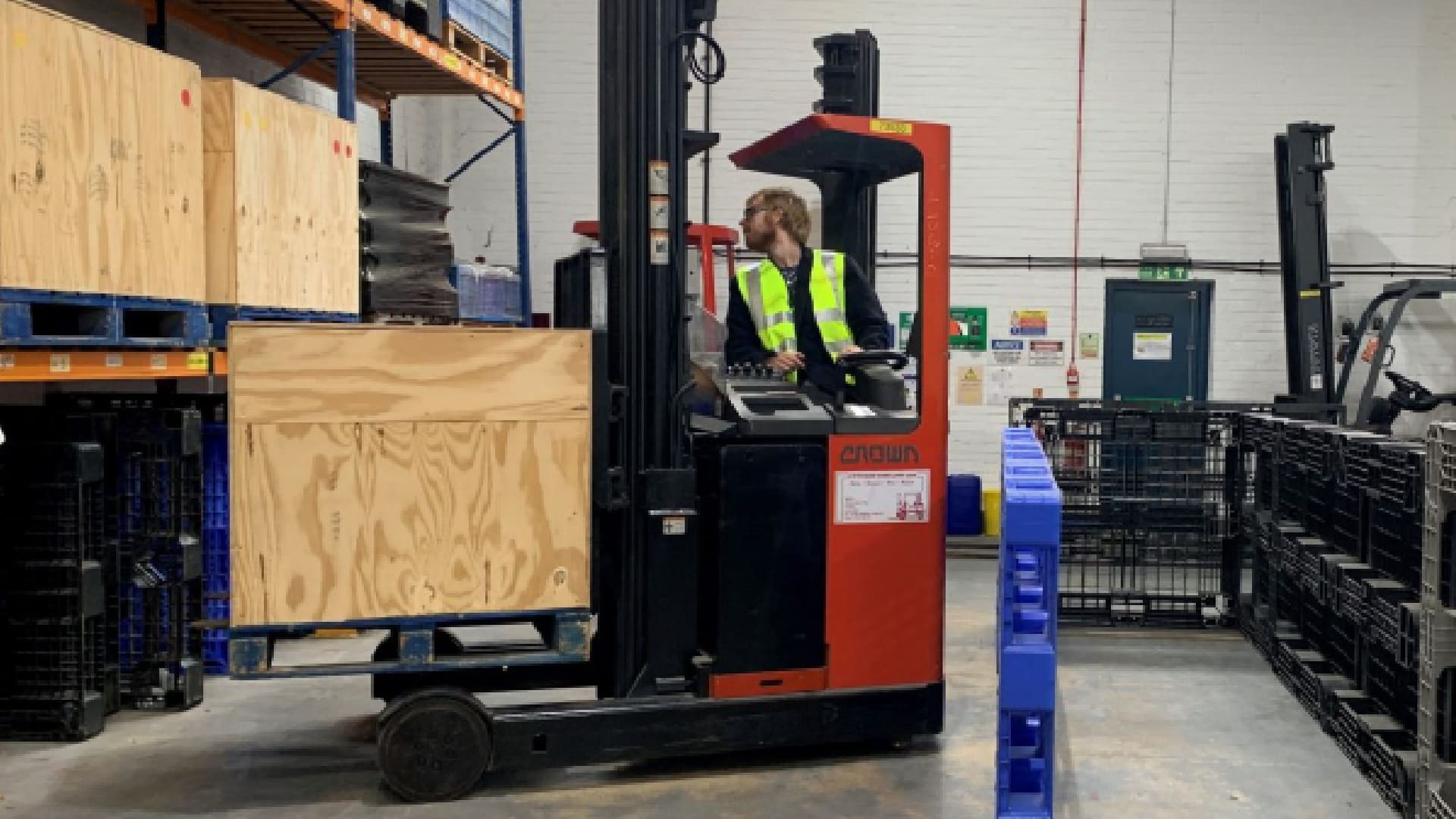
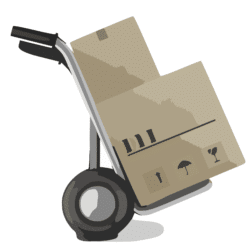
Loading/Unloading
Making sure that a vehicle is loaded safely and evenly for a driver before a journey. Also, unloading a vehicle without damaging anything within the trailer. This role requires planning, as if various goods need to be loaded, the loaders must ensure that nothing is damaged in the process.
Information Flow
Managing data and information related to inventory and shipments. Typically, will be working within a team across the industry. You could also be expected to make informed decisions regarding logistic processes.
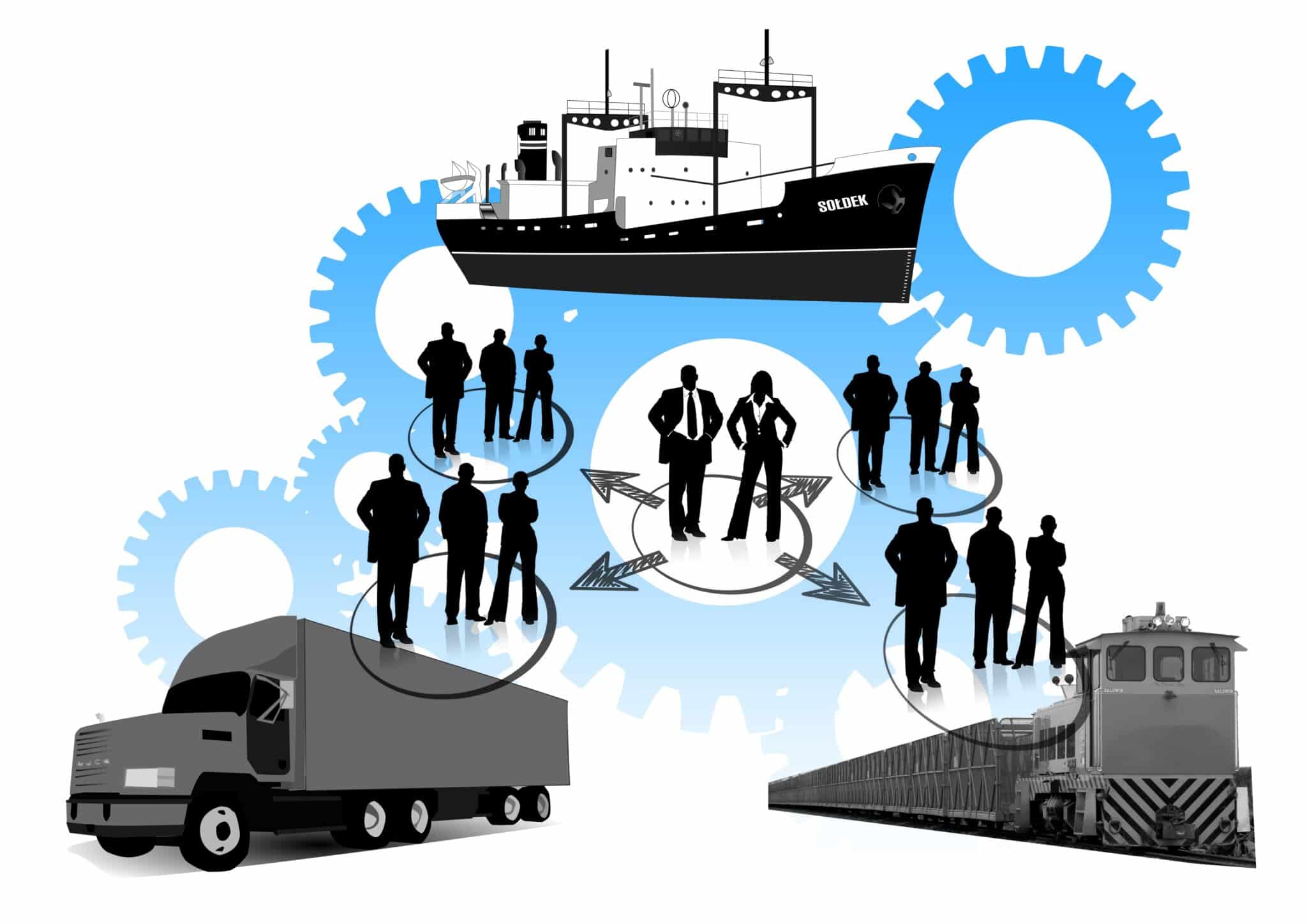

Supply Chain Management
This consists of coordinating jobs to further optimise processes within the logistics sector. These jobs are often assigned to Transport managers. You can find out more on our other article, Everything You Need to Know About Becoming a Transport Manager.
Packaging and Labelling
Making sure packages are in the correct and appropriate packaging, as well as making sure the labels are correct according to the product.
This role could potentially need further or continuous refresher training. Depending on your training requirements, you could be packaging and labelling dangerous goods. In this instance, you would need additional training for dangerous goods by road (ADR packages).
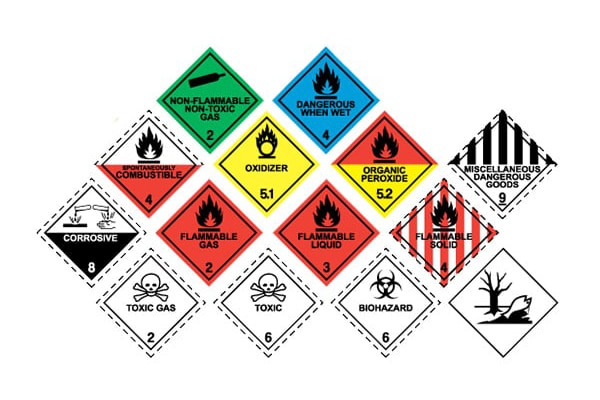

Reverse Logistics
This is probably the most ambiguous sector in logistics. Reverse logistics is predominantly the activity post purchase. This can include handling returns, repairs or disposals. It is highlighted that 30% of all online ordered products are returned.
Not to mention how ecommerce is ever expanding, thus increasing a demand in the logistics industry. This is due to the speed and convenience of online shopping, as well as next day deliveries becoming ever more popular.
This makes reverse logistics one of the most vital sectors for consumers. Reverse logistics can also include refurbishments or remanufacturing. Reverse logistics is valuable to businesses, as it also helps in the sustainability side of the logistics economy.
Safety and Compliance
Adhering to safety regulations in place, as well as ensuring legal standards are met, so that accidents and incidents are prevented.
Upon establishing safety, efficiency and further reduce maintenance costs in the logistics sector, Driver training aids in reinforcing these factors. The training a student will accomplish helps build their confidence in the manoeuvrability and driving of a heavy goods vehicle (HGV).
Licencing and Training
To be able to drive within the logistics sector, you will need to complete the training components for the required licence category.
This can differ, depending on the size and type of the vehicle.
Logistic Licence Requirements
Different licences are required for different vehicle categories.
These depend on the vehicle weight, axle number, and maximum load carry.
Category C1
Also known as a 7.5 tonne vehicle. This is defined as larger goods vehicle (LGV). The C1 vehicle has a Gross Vehicle Weight (GVW), or Maximum Authorized Mass (MAM) between 3.5 tonnes (3,500 kilograms) and 7.5 tonnes (7,500 kilograms). You must be at least 18 years old to require this licence entitlement. You must also already hold a Category B car licence to gain your C1 licence.
This category is used when a business/the driver needs to transport mass goods, but not many which require a Cat C or C+E vehicle.
These 7.5 tonne vehicles are commonly seen used for courier services. Such as Amazon, DHL, Yodel, Royal Mail. Also used for trades vehicles, like builders and construction workers.

Category D1
The D1 vehicles are also known as Passenger Carrying Vehicles, or more commonly, minibuses. The D1 vehicle can carry passengers, with a seating capacity of 9 to 16 passengers (this is including the driver). The GVW or MAM of these vehicles can vary but is generally less than 3.5 tonnes.
Class D1 vehicles are commonly used for transporting passengers, such as school buses; community transport; and smaller public transportation services. Like other driving licences, the D1 licence typically needs to be renewed periodically.
As a driver of a D1 vehicle, you are responsible for the safety and comfort of your passengers and must adhere to driving regulations and road safety standards.
Some individuals may choose to undergo additional training or obtain a Driver Certificate of Professional Competence (CPC) if they intend to use their D1 license for professional passenger transport.
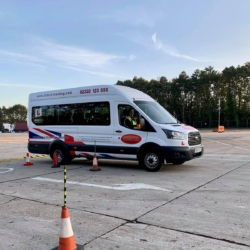
Category C
Also known as class 2, this is a rigid heavy goods vehicle (HGV). This means that the cab and trailer are permanently attached. To obtain a Class C rigid lorry licence, you must be at least 18 years old. You must also have a valid category B licence.
A cat C rigid lorry licence gives drivers the ability to operate a large goods vehicle, with a GVW exceeding 3.5 tonnes (3,500 kilograms). Class C rigid lorries include commercial vehicles that are typically designed for the transportation of goods. A Cat C vehicle has a GVW or MAM that exceeds 3.5 tonnes.
Class C rigid lorries are essential for the transportation of goods in the logistics industry.
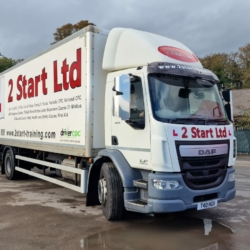
Category C+E
Also known as Class 1. The C+E is an articulated lorry. This means that the “cab” of the vehicle is detachable from the trailer. This gives the C+E licence more freedom to carry bigger loads, additional trailers and detach a trailer when handing over the goods. The “+E” denotes that this vehicle includes a trailer attachment.
As of November 2021, the UK government made the C+E licence available for those who only have the Category B licence. This meant that you would no longer have to obtain your category C licence before getting your C+E licence.
With this licence, you can operate an HGV with a GVW exceeding 3.5 tonnes (3,500 kilograms) and to tow a trailer with a MAM exceeding 750 kilograms. These vehicles are mostly used for transporting mass goods across the nation, or other parts of the European Union (EU).
Longer-Semi Trailers
During the Period of 2012-2022, the UK trialled the use of longer semi-trailers. This gave trailers a further 2.05 meters in length. This was implemented to tackle emissions and reduce transport costs, as the longer semi-trailers would allow more cargo to be transported.
The training for the C+E licence slightly differs from the other driver training. You will be shown how to couple, uncouple, and drive away safely from the trailer attachment. You will need to show this in your test as well.
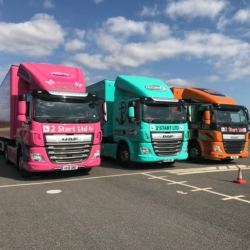
Further Driving Endorsements
Depending on the specific use of the licence in question, you could need additional endorsements transporting hazardous materials.
These licences are also depending on if you are below the requirements, otherwise, you would need ADR training.
When applying for your provisional licence entitlement, you will be expected to complete a medical examination.
Then, complete a D4 medical form and send to the DVLA thereafter.
To find out how to complete the D2 and D4 forms, check out our module page.
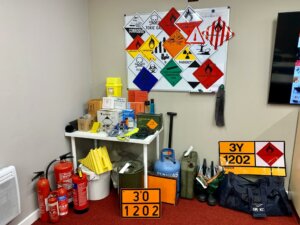
The Importance of Good Health in Logistics
Drivers must be in good health to drive commercial vehicles. This is because a driver should be deemed safe to be in control of an HGV or LGV. This subsequently helps minimise the risk of an incident occurring on road and protect other road users.
Your vision is included within the assessment too. Whomever is completing your examination will need to test your sight. This is so that when you are in control of a larger goods vehicle, you need to have the ability to see the road, other road users, and any road signs which direct your, or warn you of any discrepancies (such as road closures, one-lane systems or anything which could alter your driving ability or direction.)
If you wear glasses, you may have your sight assessment completed by your optician.
Initial Driver Training
The government released a report on road casualties in Great Britain in 2022. This shows us how the reported road fatalities in collisions involving different types of vehicles in Great Britain for 2022. For HGVs and LGV, the total fatalities is 434.
Some parts of driver training will become second nature to you after years of experience. However, the initial part of the training will guide you as to how these approaches work, and how you must carry out the task in question.
Training time purely depends on your level of experience with the vehicle entitlement, as well as how well you progress throughout your training.
Typically, your training provider/instructor will decide if you are ready for your practical driving test. The provider and instructor should not push you to complete anything you are not ready to do.
This is why it is important to find an accredited provider, who supply certified training modules and experienced instructors. This does not only reinforce the quality of the training but should also somewhat put you at ease prior to completing your training.
The logistics sector is a big industry which requires the general skills mentioned prior, and the security of appropriate training of their staff. This is why you should make sure you have received comprehensive training to make you conscious of the hazards that could cause accidents.
The role of Approved Training Providers
When completing your driver training, you want to be practicing in top quality vehicles, with experienced instructors, at an approved training provider.
Depending on the accreditation, an approved training provider is consistently audited and checked. This is so that there are no issues within the business that could hinder training quality. This could also benefit the vehicle quality, as the vehicles should be in top condition, up to date with their vehicle tax & MOT, and ensure that there are no discrepancies with the vehicles, which could affect driving capabilities.
Accreditation also helps to reinforce training standards of the provider to the student. These accrediting bodies are outlined by their own ethos, which is then distributed amongst those businesses who are looking to become accredited and comply to the accreditation’s regulations.
This certification not only shows how they are being the best they can be but are doing so across multiple accreditations. 2 Start are an example of an approved training provider. Accredited by many organisations, these bodies help to emphasise the quality of training provided.
Training and Development in Logistics
So now you have completed your training. You have begun work with an employer in the logistics industry. What is the next step for you?
Now that you have begun the journey to build your career, there are a multitude of avenues you can venture down. As mentioned prior, there is opportunity to become a Transport Manager, through building your experience and expertise within your fleet.
Becoming An LGV Instructor
To be able to teach others to drive an HGV, you (theoretically) can train someone else if you have had your licence for at least three years.
However, if you complete the thorough training, and join the National Register of LGV Instructors, this will give you more authority and trust that you have completed a course which justifies that you are an approved instructor by the NRI’s standards.
This will help your business train drivers inhouse, which encourages adaptability within the sector, potentially saving costs in your logistics sector.
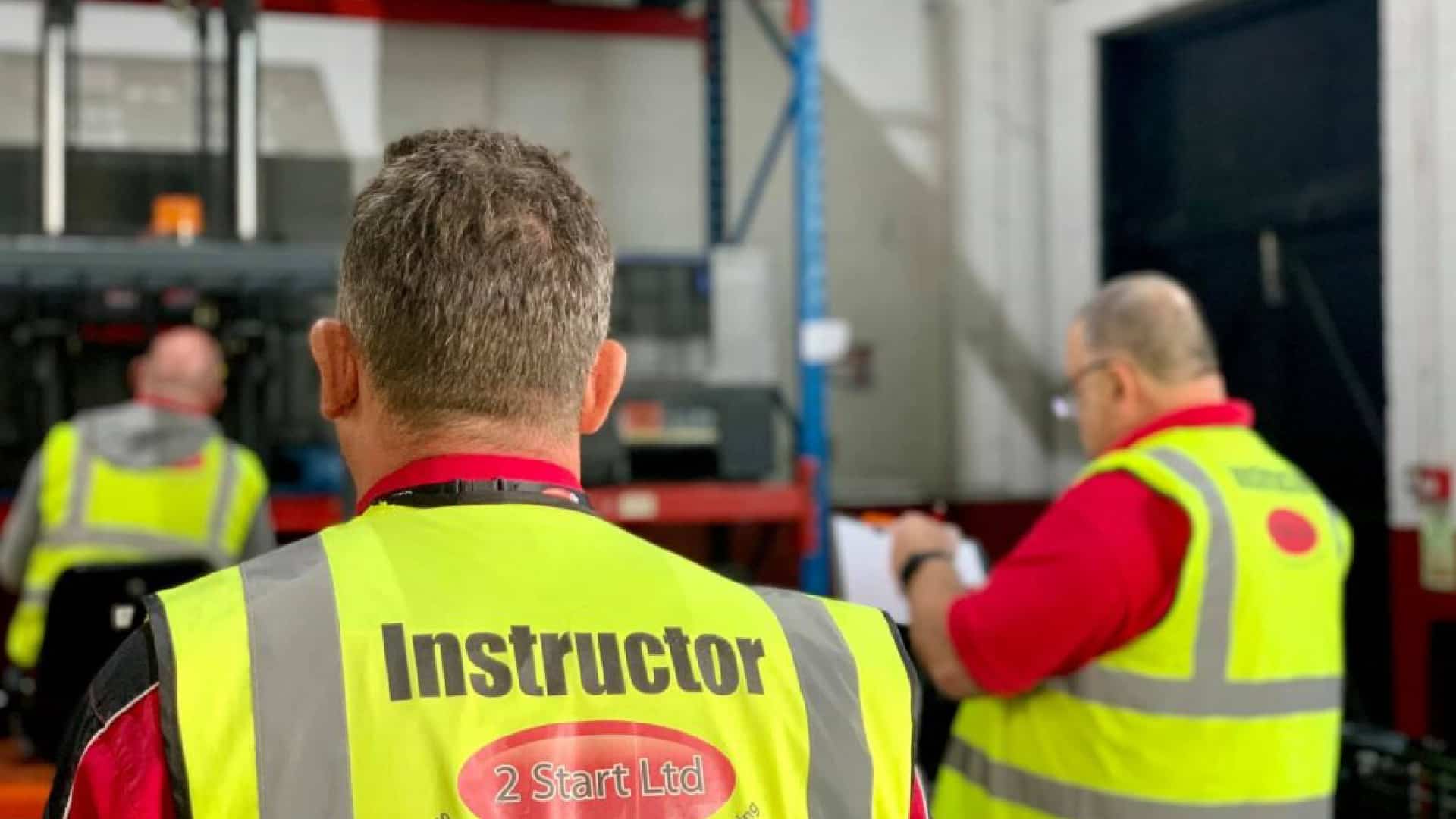

Apprenticeships in Logistics
Over the years, obtaining an apprenticeship has become the more favourable choice in young adults over the last ten years. More logistic businesses are looking to train in house. This has aided in the retainment and work ethic in logistic sectors in the UK.
Due to more businesses looking to hire apprentices, there has been an increase in employee retention, employee skills have increased, and business satisfaction has risen.
Page 14 of the report, issued via the UK Department for Education, titled Apprenticeships Evaluation 2021 – Learners, further states how in 2021, 56% of apprentices “…worked for their employer before starting their apprenticeship…”.
This does not only show how businesses are looking to expand their current employees’ skillsets, but also interested in funding the education/learning of a current employee.
This makes apprenticeships in logistics a favourable option.
Obtain Additional Entitlements
If you complete your Category C+E training, you also get the entitlement for the Category C; C1 and C1+E. However, those who gain these additional entitlements should seek further training regardless.
You could argue that if you can drive a 40-tonne lorry with a trailer, you can drive anything. However, the matter of fact is that each of these vehicles have different manoeuvrability, weight restrictions and number of axles.
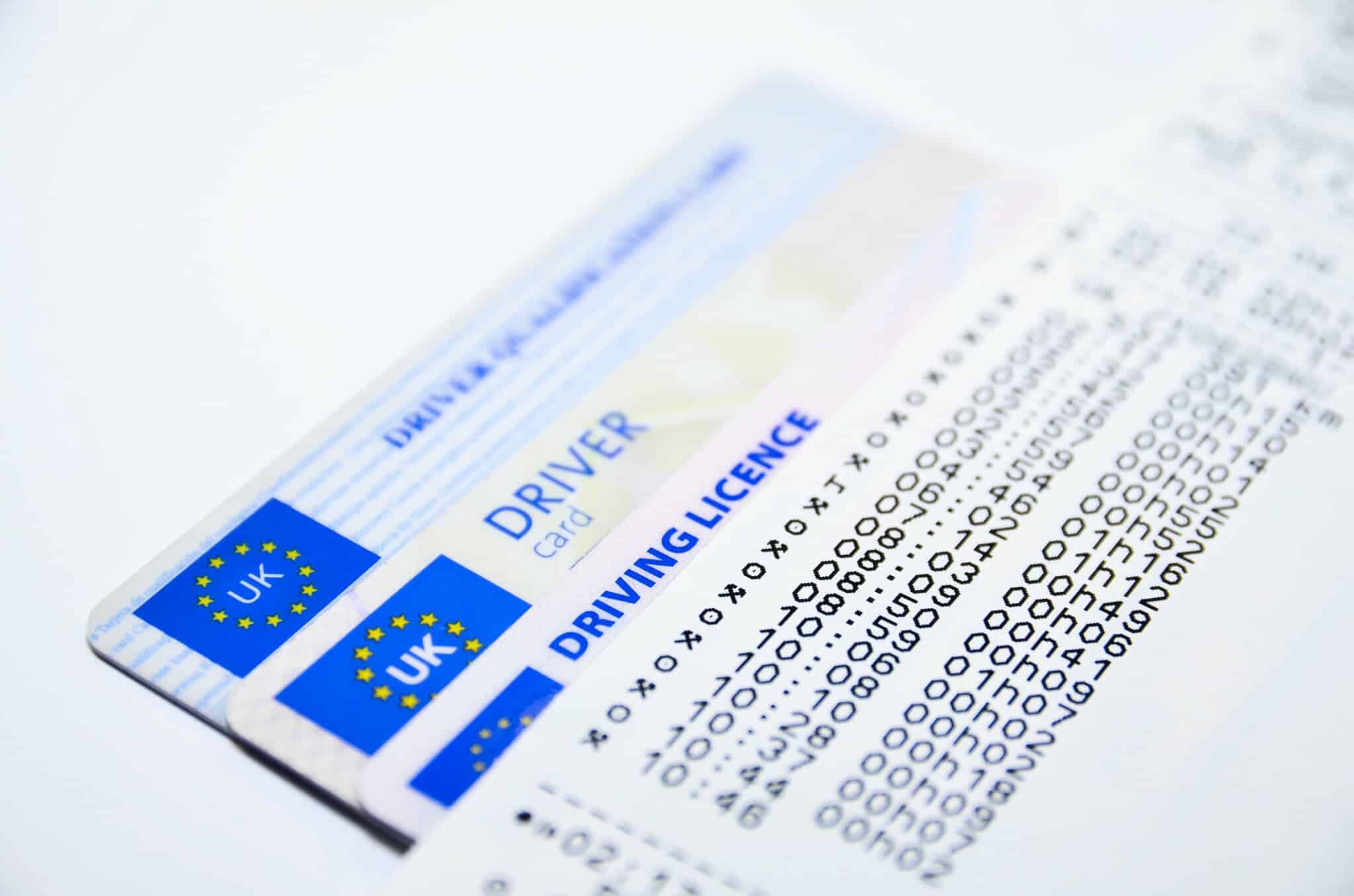
This is why pursuing additional training for your other entitlements is fundamental if you are planning to drive your other licence entitlements independently, or for an employer.
Since the change to the car and trailer entitlement in 2021, the B+E licence is now included on your licence.
Health and Safety Training for Drivers
As there can be different operations running in succession, it is vital that all employers and employees are up to date with all recent Health & Safety legislations, and handling all up to date Standard operational procedures (SOPs) Emergency equipment and documentation.
Although it may seem like a lot of red tape, injuries typically happen due to complacency and lack of “common sense.” The most common injuries are:
Slips and trips.
Struck from moving/falling objects.
Falls from less than 2 metres.
Manual Handling.
To get further information on risks, hazards, and controls, the Health and Safety Executive (HSE) provides all legislations and information.
A health and safety checklist may be implemented in your workplace. This can consist of questions, applicable to the drivers and others working at the depots.
Move With the Times- Technology and Compliance in Logistics
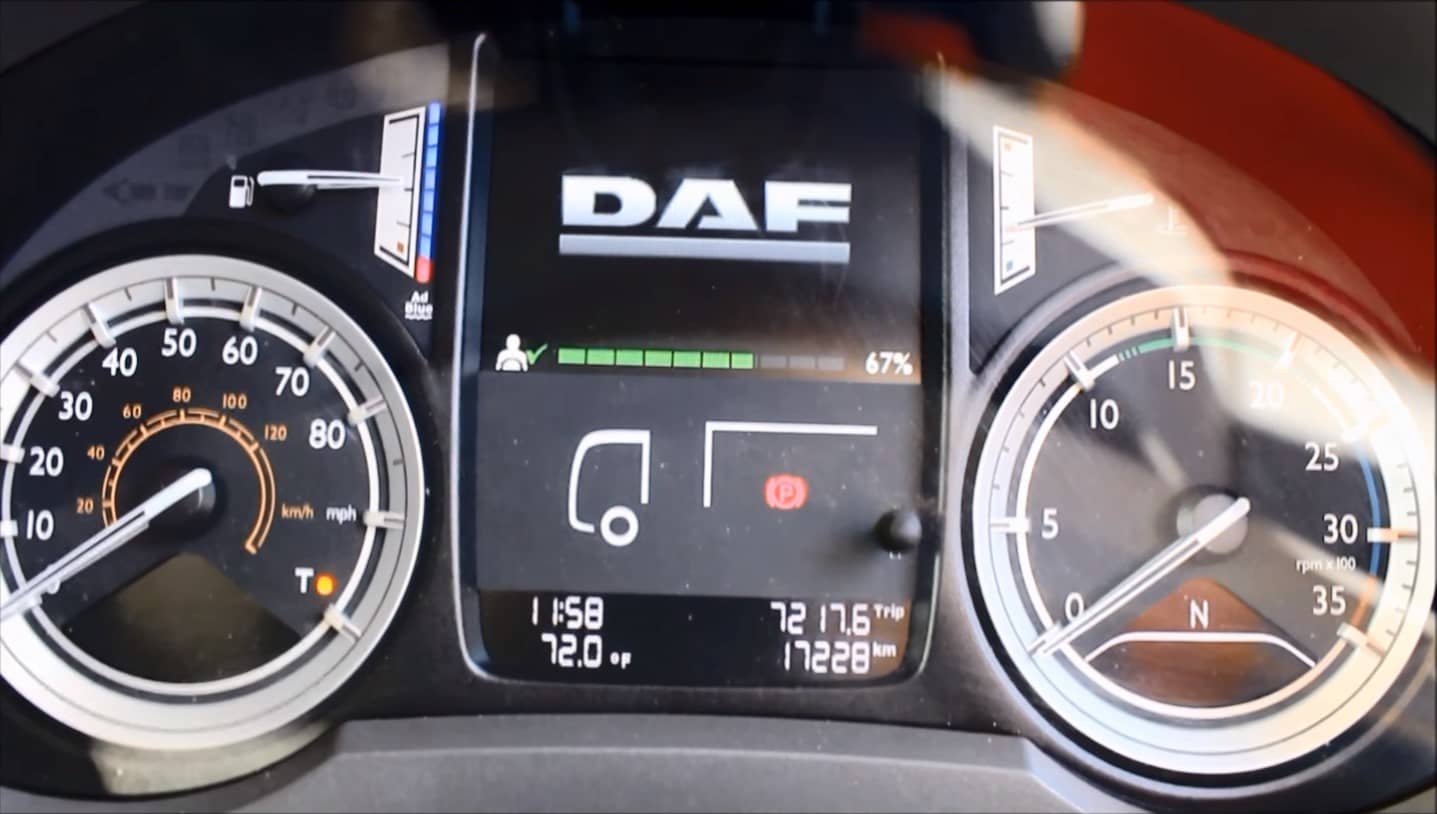
Technology and Driver Training
As the years have passed, technology has further evolved and advanced. These technological advances have now been seen to aid drivers in domestic and commercial environments.
Technology has now become a pivotal component in modern fleet operations. Understanding how they work prior to your driver training may help you utilise it better.
For example, understanding how GPS tracking systems work will give you additional confidence in the quality of your driving.
Cloud-Based Systems are now a common way of integrating information between/within businesses. This is easily achievable and gives businesses a more efficient way of storing all necessary data and information.
Cloud-based systems can additionally enhance brand establishment. As the organisation in question is seen to be leaning into the progression of technological advancement, the integration within these sectors is showing customers that they are moving with the times. Thus, adapting, which subsequently aids in speed of service.
Benefits for the consumer
Technological advancements within logistics are also benefiting the consumer. Now that tracking systems are available, customers can now see where their product is, and when they should expect a delivery.
This can also work for fleet management, as the transport manager can now live track drivers. This is additionally beneficial if there are any road closures or accidents, which helps the manager change delivery courses for the driver. This further optimises delivery times and speed of service in this case.
Laws and Compliance In The Industry
As the logistics sector is more demanding than ever, the government in the UK have strict laws and compliance regulations in place. This is to minimise risk of accident from occurring on the road, as well as exhaustion in drivers.
Driver Fatigue and Compliance
Did you know that fatigue contributes to up to 4% of all fatal traffic incidents, and 2% of all collisions in the UK? This is why as a heavy goods vehicle (HGV) driver, there are rules enforced so that commercial drivers will stay safe when driving. These are called driving hours regulations.
Driver Hours Regulations
As an HGV driver, you will be expected to track your driver hours. This is done on either an analogue or digital tachograph. The tachograph helps to monitor the number of hours you will drive in a period of time, as well as ensuring you are staying compliant with the EU Driving Regulations.
The current rules for domestic driving for goods vehicles driving is permitted to 9 hours per day. Although, this can be extended to 10 hours twice a week. A driver must not exceed 56 hours in one week, or 90 hours in any 2 consecutive weeks. The tachograph further helps to reduce the risk of driver fatigue.

In relation to breaks and rest, a typical break must total at least 45 minutes after “…no more than 4 hours 30 minutes of driving.” The regulations in place are strict and precise to the allowed hours for all drivers. The precision of the regulations aid in reducing the risk of negligence, as well as protecting drivers who may be “forced” by their employers to drive longer than allowed.
The AA have stated that one in eight UK drivers have admitted to falling asleep at the wheel. It is also explained how nearly two fifths of drivers say they have been scared that they will fall asleep while driving due to their fatigue.
Fatigue while driving can affect your concentration, coordination, and further impair your judgement. Each of these factors can have dire consequences for you, as the driver, and other road users.
Driving while fatigued has been compared to drink driving. Someone who has been awake for 17 hours is the equivalent to someone who has a 0.05mg/ml blood alcohol level.
This highlights how important a well-rested body and mind can be. Your inability to reinforce safe driving while feeling the effects of fatigue can result in collisions, injuries, and in worst cases, fatalities. This doesn’t even consider driving bans, or steep fines a driver could face.
Although there is technically no law around driving while fatigued, the chances of committing different offences are heightened. This is why it is important to not only drive when you are well rested, but also log your hours correctly with your tachograph. The tachograph will reinforce compliance for the driver and the business they work for.
If you are an HGV driver, you may feel the pressure of meeting deadlines and avoiding delays. Nevertheless, you must not break the driver’s hours rules, otherwise you can be punished with fines.
Driver Tachograph Enforcing Compliance
Driving
This is typically recorded automatically on most tachographs. However, you should always check what operation mode is switched on.
Other Work
Other work includes additional duties, other than driving. This could include loading or unloading the vehicle; training which is part of a commercial operation (for example, driver CPC training) or your daily walkaround checks.
Break or Rest
Covering breaks and rest periods (daily or weekly). These rest periods are specifically for the driver to recuperate. Annual and sick leave must also be recorded.
Availability
Also known as Period of Availability (POA) this time is typically known in advance. This could include being a passenger while the vehicle is moving.
Although the tachograph aids in driver’s hours compliance, it cannot tell you when you are tired, or recognise if you need rest. This is where you, as the individual, must understand when you need to rest and when you are alert to drive.
Driving
This is typically recorded automatically on most tachographs. However, you should always check what operation mode is switched on.
Break or Rest
Covering breaks and rest periods (daily or weekly). These rest periods are specifically for the driver to recuperate. Annual and sick leave must also be recorded.
Other Work
Other work includes additional duties, other than driving. This could include loading or unloading the vehicle; training which is part of a commercial operation (for example, driver CPC training) or your daily walkaround checks.
Availability
Also known as Period of Availability (POA). This could include being a passenger while the vehicle is moving. Although the tachograph aids in driver’s hours compliance, it cannot tell you when you are tired, or recognise if you need rest.
Your Digital Tachograph Card
Once you have qualified to work as an HGV driver, you will need to apply for your Driver tachograph card. This is to use alongside your digital tachograph.
Tachographs record your daily work, and other variable information. This will include your breaks; driving time; Other Work and availability. The information will include Driving time, Speed and Distance.
Tachographs are carried in the vehicle, and predominantly used to safeguard drivers, to assure employers that they are within the driver’s hours threshold. This is in relation to the breaks that a driver must take (depending on the hours driven).
Sleep-Related Condition?
You must inform the DVLA if you have a sleep-related condition that could affect your driving abilities. If you do not inform the DVLA of any medical condition which could affect your driving, you may be fined up to £1000.
It must also be considered how some medicines for common colds; hay fever and coughs can also cause drowsiness.
Danger signs of driver fatigue include heavy eyelids; microsleep (also known as “head nodding”); inability to concentrate; eye rolling and yawning. Although the danger signs can differ for each driver, it is vital that you are well rested before driving. Furthermore, when you are feeling tired, you park up in a suitable area and rest.
Other “tricks” such as turning up the volume of your radio, rolling down the windows or blasting the air conditioning will not keep you awake, nor will caffeine. Although it may seem like these interventions may keep you awake, they will either distract you from driving itself, or only work for a short period of time. The best thing in this situation each time is sleep.
This is how tachographs are helping combat driver fatigue, thus, reducing the risk of accidents on the road. There is a bigger need to stay within your designated driver’s hours and assuring that you are getting your allocated rest periods. The tachograph is a tool to help drivers keep within the UK regulations, and not exhaust themselves.
Driver CPC- A Logistic Necessity
The driver Certificate of Professional Competence is an additional requirement if you are looking to drive any of the following vehicles noted above for hire or reward. In short, if you are going to be paid to drive any of the C1; D1; C or C+E vehicles, you will need the Driver CPC.
If you drive professionally without the driver certificate of professional competence, you can be fined up to £1,000. This additional certificate is intended to guide drivers with the important information and knowledge to keep you (the driver), other road users and fellow co-workers safe.
Our Driver CPC training includes the following subjects at 2 Start:
- Mental Health, Wellbeing and Driver Behaviour
- Driver Principles
- Driver Essentials
- Emergency Frist aid & Health and Safety
- Vehicle Defects & Driver Licencing
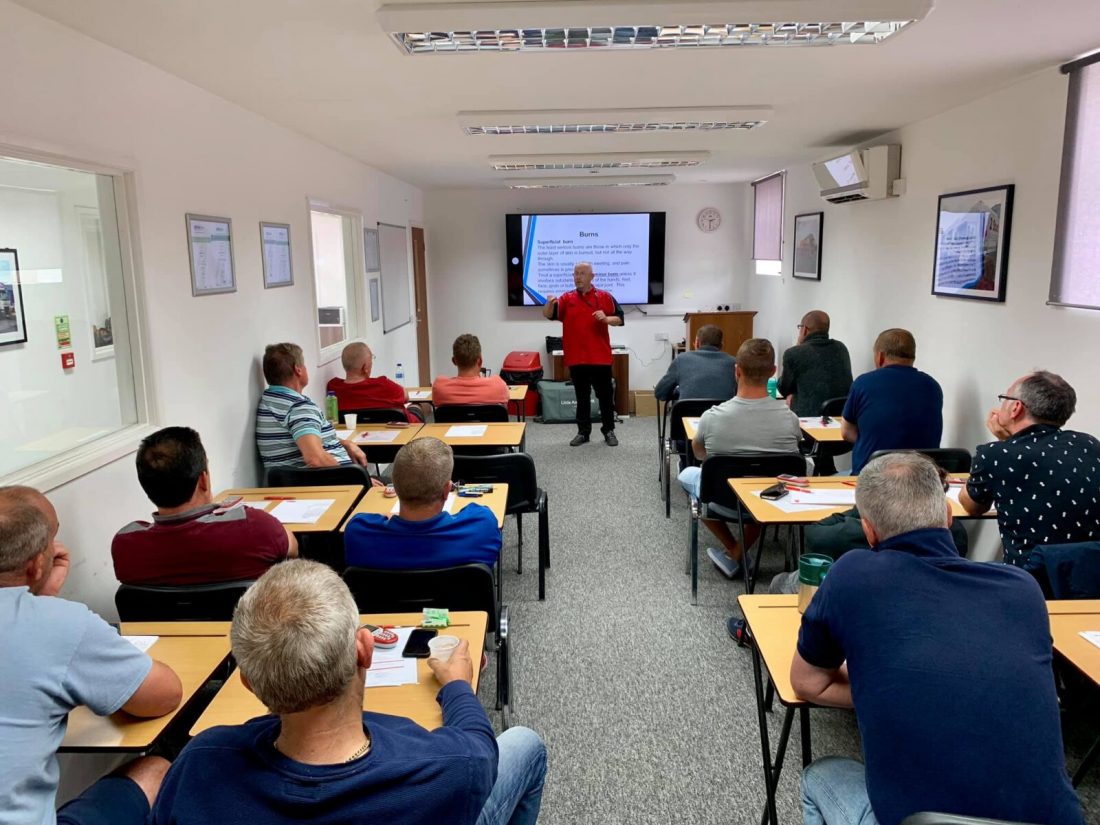
Safety First! Environmental Factors & Logistics
Did you know that the quality of the vehicle you are driving can impact the emissions excreted?
This includes the following.
Maintaining consistent speed.
Accelerating when not necessary can increase the probability of braking more frequently. This can increase fuel consumption.
Minimising the use of heavy braking.
Heavy braking increases the wear of your brakes and tyres. Once again, ensuring that you brake sensibly and in good time will reduce fuel consumption, and further expand the life-expectancy of your tyres and brakes.
Refrain from over revving.
Keeping a vehicle in the same gear for longer than needed while accelerating is not healthy for the vehicle.
Ensuring tyres are at the intended pressure.
Under inflated tyres, once again, increases fuel consumption. However, an underinflated tyre can also put you at higher risk of an accident occurring.
When you complete your driver training, you will be taught how to reduce your carbon footprint, as well as learning what vehicle checks mean as a result for environmental factors.
Case Studies
You may now be in a position where you are ready to take the plunge and dive into the world of logistics. But you may also be wondering how many have done the same, and what benefits that have indulged in since?
There have been many who have decided to venture within the logistics industry for better pay, work-life balance, and other good qualities. In March 2022, Total Jobs released an article, explaining that “The rising cost of living is driving more than a third (37%) of people to consider changing jobs this year.”
BBC News covered a story on Dan White. Dan left his job in the NHS, to become a Heavy Goods Vehicle (HGV) driver. By doing this, he saw a “…£10,000 pay rise overnight.”
The notion that individuals are changing careers for better pay and work-life balance is disconcerting for some. However, this only highlights how logistics is evolving with the times and complementing the changes within other industries by increasing pay in accordance with inflation.

Our Final Thoughts
Upon outlining the types, growth and impact the logistics industry has, the time to move to this sector is now. Completing the necessary driver training courses, as well as the appropriate training to drive professionally is significant in the early 2020s.
We also supply an additional article reiterating the Top 5 Benefits of HGV Driver Training.
The predicament of assumption is that these factors could sway in either direction. However, as the growth and advancement of technology is creating convenience for the common purchaser, there will be more pressure for logistical companies to meet the consumer’s requirements. This is one continuous trend that can be assumed in this situation.
The demand for goods and products will always be boundless, this makes logistics one of the strongest industries in the modern age. The newer trends, which are now being integrated in logistics, are only bettering the adaptability of vehicles more so across the UK, and worldwide.
The Government explained how younger individuals are being encouraged to venture into the logistics sector. With the additional funding backed by the government, this has helped raise awareness of the logistics sector in schools and colleges.
Call our advisors 02392 123 555
Speak with our experienced advisors Monday – Friday 7:00am – 5:30pm
How To Begin Your Training In The Logistics Sector
2 Start Ltd are here to offer full, comprehensive, and experienced training for many looking to jumpstart their career in the logistics industry. You can complete a fast-track car to artic training course and obtain the full learnings needed to become a qualified HGV driver.
Be a part of the backbone in the logistics industry. Keep our economy thriving and become a qualifies HGV driver!
